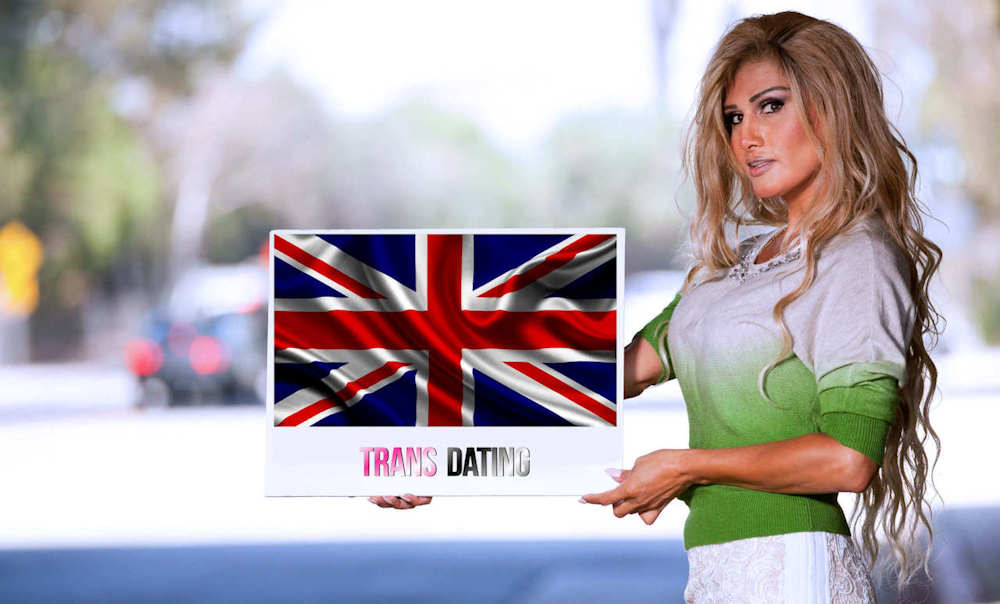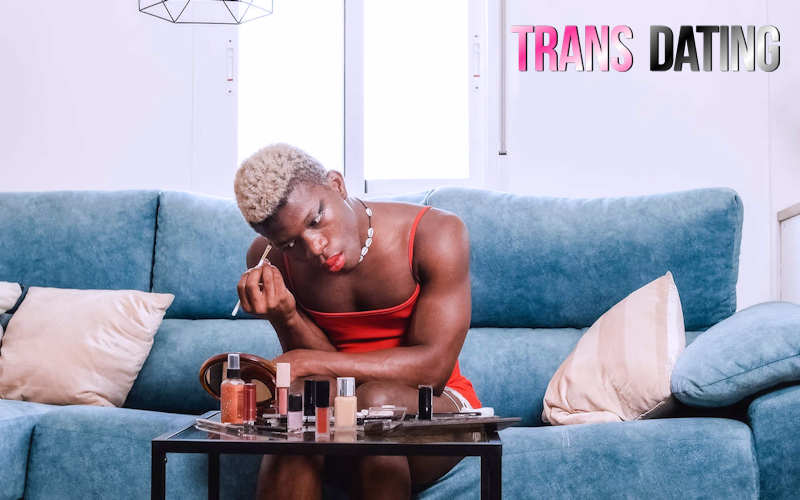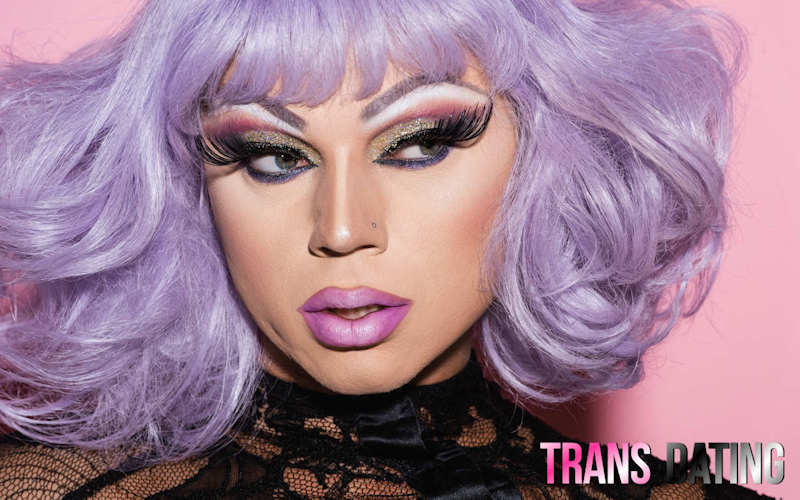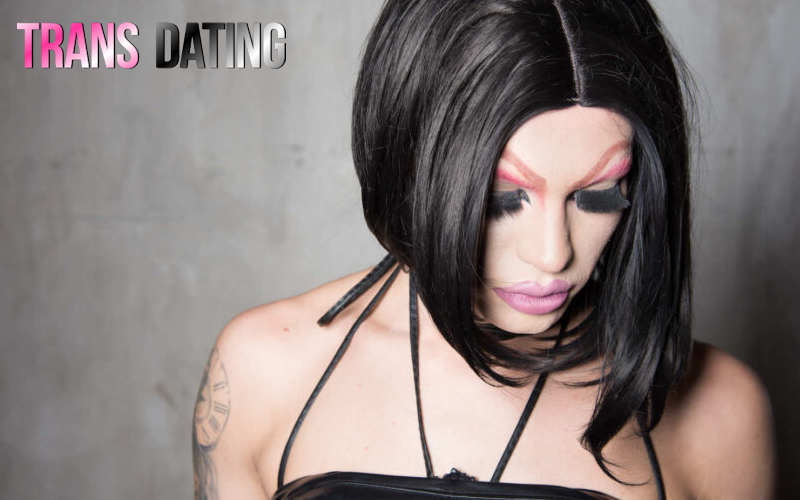Crossdressing is a fascinating and multifaceted form of self-expression that transcends the boundaries of conventional gender norms and identities. It is a practice where individuals choose to wear clothing and adopt a style that is traditionally associated with a gender different from their own. Crossdressing has a rich history, serving as a means of personal expression, artistry, and even political statement. In this article, we will delve into the essence of crossdressing, what it truly represents, and then explore its historical evolution in the United Kingdom.

What is Crossdressing?
Crossdressing is the act of wearing clothing, adopting mannerisms, and presenting oneself in a way that is typically associated with a gender different from one’s assigned or birth gender. It is an individual’s choice to express themselves authentically, exploring and embracing aspects of their identity that may not conform to societal expectations. Crossdressing is a personal journey that can have various motivations, including self-exploration, artistic expression, or simply the desire to feel comfortable and confident in one’s own skin.
It’s important to note that crossdressing is distinct from gender identity and sexual orientation. While crossdressers may identify as transgender, non-binary, or cisgender, their choice to crossdress does not necessarily determine their gender identity. Furthermore, crossdressing is not linked to one’s sexual orientation; individuals of all sexual orientations may engage in crossdressing.

The History of Crossdressing
Crossdressing has a long and complex history in the United Kingdom, evolving over centuries and influenced by social, cultural, and legal factors. Let’s explore the various stages of its historical development:
- Ancient and Medieval Eras
Crossdressing has been documented in various forms throughout history, including in ancient and medieval times. In some cultures, theatrical performances featured male actors portraying female roles, as women were often prohibited from performing on stage. Additionally, in the context of religious rituals, some individuals would crossdress as part of their spiritual practices. - Elizabethan and Jacobean Theatre
During the Elizabethan and Jacobean eras, crossdressing became a prominent feature of theater productions. Due to societal norms and legal restrictions, women were not allowed to perform on stage. Consequently, male actors, such as William Shakespeare’s contemporary Richard Burbage, often played female characters. This tradition continued well into the 17th century. - Crossdressing in the 18th and 19th Centuries
In the 18th and 19th centuries, crossdressing became more visible in society, particularly in Europe. “Molly houses,” clandestine meeting places for homosexual men, often featured individuals who crossdressed as part of their activities. The 19th century also saw the emergence of female crossdressers, such as Fanny and Stella (Ernest Boulton and Frederick William Park), who gained notoriety in Victorian London for their crossdressing and social interactions. - Crossdressing and the Suffragette Movement
The suffragette movement in the late 19th and early 20th centuries in the UK brought crossdressing into the realm of political activism. Some suffragettes engaged in crossdressing as a tactic to attend all-male events and gain access to spaces where women were traditionally excluded. Notable suffragettes, including Christabel Pankhurst and Annie Kenney, utilized crossdressing to challenge gender norms and demand women’s voting rights. - Crossdressing in Popular Culture
The 20th century saw crossdressing become more prevalent in popular culture. Entertainers like Danny La Rue, a female impersonator, gained fame for their performances that challenged gender norms. The 1960s and 1970s also witnessed the emergence of glam rock, with artists like David Bowie and Marc Bolan incorporating androgynous and crossdressing elements into their music and fashion. The 1980s saw artists such as Marilyn hit the music scene. - Legal and Social Changes
Over time, societal attitudes towards crossdressing have evolved, and legal restrictions have loosened. The 21st century has seen increased acceptance and visibility of crossdressing individuals. Legal protections against discrimination based on gender identity and expression have been implemented in the UK, providing greater rights and protections for crossdressers.

Crossdressing is a deeply personal and diverse form of self-expression that challenges conventional gender norms and identities. It has a long and complex history in the United Kingdom, with various stages of development influenced by societal, cultural, and legal factors. From its origins in ancient and medieval times to its role in theater, politics, and popular culture, crossdressing has played a significant role in challenging and reshaping societal perceptions of gender.
Today, crossdressing continues to thrive as a means of personal expression and self-identity. With increased acceptance and legal protections, crossdressers in the United Kingdom can explore their authentic selves with greater freedom and confidence, contributing to a more inclusive and diverse society that celebrates the richness of human identity.



